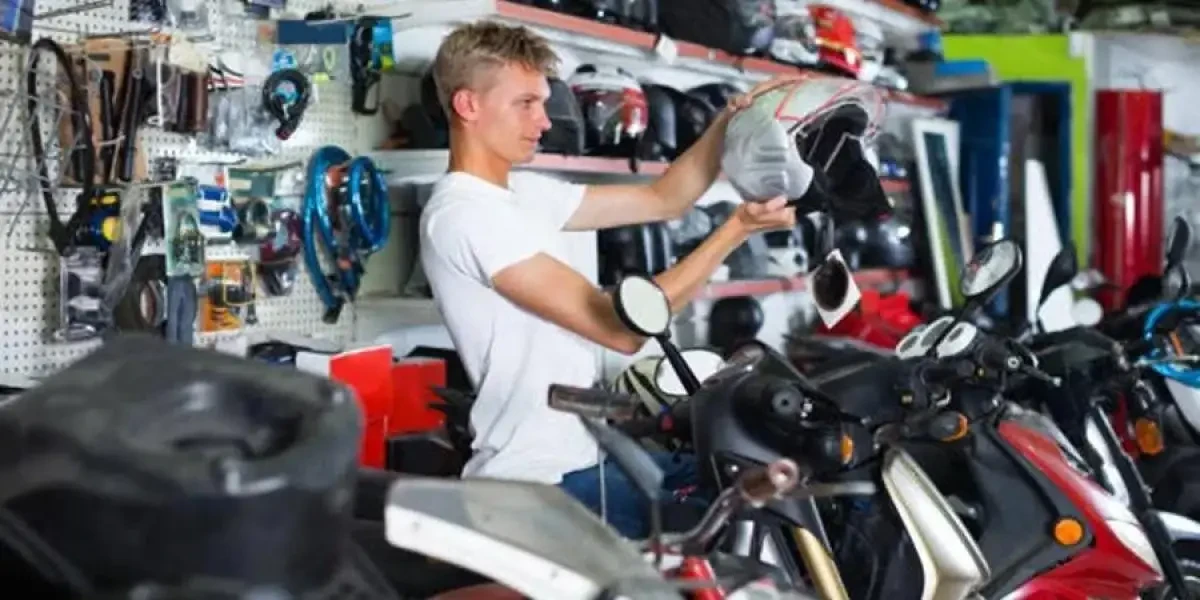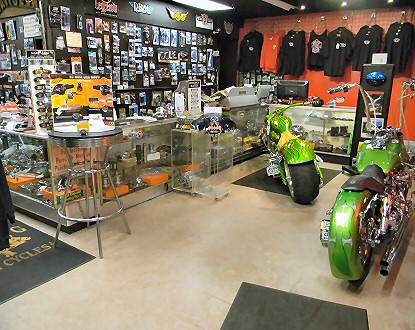Store the Best MX Parts NZ for Your High-Performance Bike
Understanding the Crucial Parts of a Bike: A Comprehensive Overview for Fanatics
For bike enthusiasts looking to raise their riding experience and ensure their bikes run efficiently, recognizing the crucial components of a motorcycle is vital. Each element, from the engine's intricate workings to the essential function of the braking mechanisms, not only affects efficiency yet also safety and comfort.
Engine Elements

The camshaft plays a critical role in controlling the timing of the engine's shutoffs, making sure the exact opening and closing required for reliable fuel and air intake, along with exhaust expulsion. This timing is crucial to preserving ideal engine performance and effectiveness. In addition, the carburetor or fuel shot system, relying on the motorcycle design, is responsible for mixing air with gas in the proper ratio for burning.
The cooling system, either air or liquid-based, works to keep the engine's temperature level within operational limits, preventing overheating and making sure durability - motorcycle shop. Each element, meticulously created and integrated, adds to the seamless procedure of the engine, defining the motorbike's power outcome and general performance
Transmission System
Essential to the motorcycle's functionality, the transmission system makes sure effective power transfer from the engine to the wheels. This system consists of numerous vital components, including the clutch, transmission, and last drive, each playing an important duty in converting the engine's power right into movement. The clutch, typically run by a hand lever, serves to disengage the engine and involve from the transmission, permitting smooth equipment adjustments and controlled acceleration.
The gearbox, frequently referred to as the transmission appropriate, has a collection of gears that cyclists can by hand move via to readjust the bike's speed and torque output. These equipments are set up in a series that allows the motorcycle to accelerate efficiently and keep optimal engine efficiency across various speeds. Many motorbikes use a consecutive gearbox, requiring the cyclist to move equipments in an established order.
Braking Mechanisms
While comprehending the transmission system is key to utilizing a motorbike's power, just as crucial is the capability to regulate and quit that power successfully, which is where stopping mechanisms come right into play. Brakes are essential for safety and efficiency, offering the biker with the needed control to navigate different terrains and problems. Normally, motorbikes feature two kinds of stopping systems: disc brakes and drum brakes.
Disc brakes are much more prevalent in modern motorcycles due to their premium performance. This system provides better heat dissipation, consistent performance, and boosted quiting power, especially in wet conditions.
Conversely, drum brakes, though less common, are still discovered in some motorcycles. They function by pressing brake footwear against the inner surface of a drum connected to the wheel. While usually much less reliable in warm dissipation and stopping power, drum brakes are less complex and much more economical.
Recognizing these braking systems' nuances enables cyclists to keep their motorbikes properly and value the design that guarantees secure and efficient quiting.
Suspension and Guiding
Suspension and guiding systems are crucial elements that considerably influence a motorcycle's handling and ride comfort. read this article The shock absorber, including forks at the front and shock absorbers at the back, soaks up roadway abnormalities, boosting stability and control. Front forks, upside down or generally telescopic, compress and rebound to reduce impacts, while rear shock absorbers preserve tire contact with the road, essential for grip and security.
Steering, centered around the handlebars, attaches the biker to the bike's directional control. The steering head bearings make sure smooth operation, permitting precise ability to move. Correct placement and upkeep of these bearings are critical for foreseeable steering reaction and minimizing cyclist exhaustion.
The suspension's adjustability is one more crucial aspect; preload, damping, and rebound setups permit personalization to suit numerous riding problems and styles. This adaptability is important for optimizing performance, whether navigating city roads or dealing with rugged routes. Developments like digital shock absorber offer real-time changes, improving trip quality throughout diverse surfaces.

Electric Systems
After ensuring a controlled and smooth experience through reliable suspension and steering systems, focus turns to the electrical systems, a pivotal facet of modern bikes. These systems play an essential function not only in starting the engine yet likewise in powering various components that improve the capability and safety and security of the motorcycle.
At the heart of a bike's electric system is the battery, which stores electric energy essential for starting the engine and powering complementary systems - moto parts nz. The alternator or generator, paired with the rectifier-regulator, guarantees the battery continues to be billed while the motorcycle functions, transforming power into electrical energy and maintaining voltage levels
The ignition system, another important component, is accountable for stiring up the air-fuel mixture in the engine's cylinders. Modern bikes typically make use of a digital ignition system, supplying greater efficiency and dependability compared to standard systems.
Illumination systems, including fronts lights, tail lights, and indicators, are also important, making sure visibility and safety read more and security for the biker. Extra electronic parts such as sensors, control systems, and shows add to sophisticated attributes like gas injection administration, anti-lock stopping systems (ABS), and electronic control panels, additionally boosting the riding experience.
Verdict
A comprehensive understanding of a bike's necessary elements, consisting of the engine, transmission system, braking mechanisms, suspension, steering, and electric systems, is vital for fanatics intending to optimize convenience, safety, and performance. Proficiency of these components permits informed choices concerning upkeep and upgrades, ultimately enhancing the riding experience. By integrating this expertise, bikers can ensure their bikes operate at peak effectiveness and integrity, consequently making the most of both satisfaction and longevity of their lorries.
For motorbike enthusiasts looking to raise their riding experience and guarantee their bikes run smoothly, comprehending the vital elements of a motorcycle is vital.Integral to the motorcycle's performance, the transmission system ensures effective power transfer from the engine to the wheels.While comprehending the transmission system is key to utilizing a motorcycle's power, equally crucial is the capability to regulate and quit that power effectively, which is where braking mechanisms come right into play. Commonly, bikes include two kinds of stopping systems: disc brakes and drum brakes.
A thorough understanding of a check these guys out motorcycle's crucial components, including the engine, transmission system, braking devices, suspension, guiding, and electrical systems, is indispensable for lovers aiming to enhance performance, comfort, and safety.